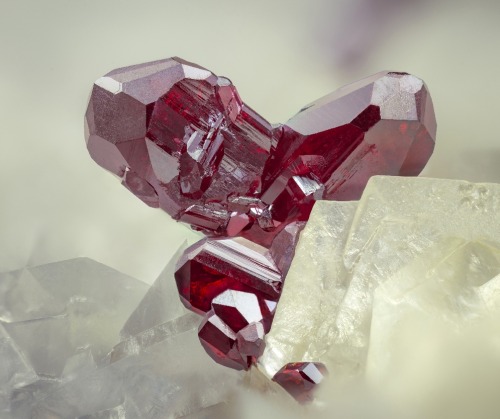#geology
Acrílico en madera
.
.
.
#policromo #polychromos #acrílico #luz #acrylicart #colour #light #color #contemporaryart #abstractart #artwork #arte #art #outsiderart #abstractgeometric #geology #minerals #mixmediaart #mixedmediaartwork #instachile #geometricdesign #geometryart #geometry #patterns #intuitiveart #nonobjectiveart #biomorphic (en Ñuñoa, Chile)
https://www.instagram.com/p/ByIUOW2lFT8/?igshid=10ygjgc3lt7si
Post link
Acrílico en madera
.
.
.
#acrílico #luz #acrylicart #colour #light #color #acrylicpaint #acrylicpainting #contemporaryart #abstractart #artwork #abstractpainting #arte #art #outsiderart #abstractgeometric #geology #minerals #fluidpainting #instachile #patterns #intuitiveart #nonobjectiveart #biomorphic (en Ñuñoa, Chile)
https://www.instagram.com/p/ByDlS3QpNf9/?igshid=127kcia99uj1o
Post link
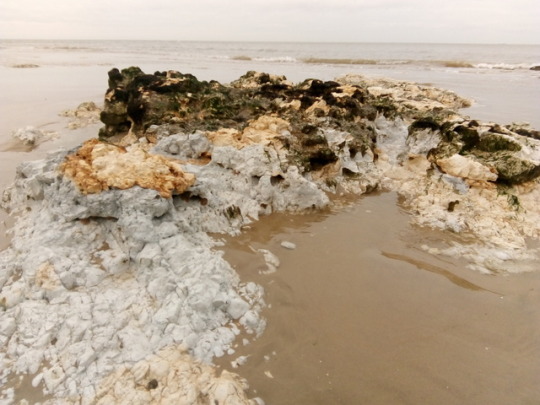
Stunningly vivid blue-grey and pale-rust colours in the chalk strata are visible due to the scouring of the sand at high tide.
Amap of the Willamette River, by Dan Coe, for the Oregon Department of Geology.
In this lidar-derived digital map (Lidar data is collected by low-, slow-flying aircraft with equipment that shoots millions of laser points to the ground), the shades of white and blue show elevations. This brings out the changes made by the river channel in the last 12,000 to 15,000 years, in the time since the landscape was basically swept clean by the Missoula floods.
Morehere
Post link

The more we understand the history of Earth’s climate, the better we understand the complexities of its future. A massive collaboration involving scientists from around the world, led by the Desert Research Institute in Nevada, has helped show the impact volcanoes have had on the climate.
When a volcano erupts, it spews tons of material into the air, which gets into the atmosphere and blocks some of the Sun’s radiation, causing a cooling effect. One example of this was in 1991, when Mt. Pinatubo in the Philippines erupted. The eruption caused a cooling of 0.5 ᵒC in the North Hemisphere. This kind of cooling can have massive consequences in predicting climate change, so a greater understanding of the effect is incredibly important.
We are able to gain this understanding by analyzing our environment.
The sulfur that volcanoes eject will always eventually land on Earth; this is taken up by trees and can be seen in tree rings. It also lands on ice and is incorporated into the ice sheets. Scientists drill into the ice and extract long cylinders of ice called ice cores, which are so sensitive to change that a drop in lead can be seen in when unleaded petrol became the norm.
It can be hard to accurately pin records from ice cores to records from tree rings, as it’s often done by simply judging that a change of sulfur in both the ice and the trees were from the same event. Using different timescales from each can often make things inaccurate.
Recently, sudden changes in an isotope of carbon, carbon-14, have been found in tree rings very soon after volcanic eruptions. We’ve been able to accurately date this using an eruption from 775 AD, and using multiple trees from all over the Northern Hemisphere. The scientists in this new study assumed that a radioactive isotope of beryllium, beryllium-10, would also be created in greater quantities during an eruption, because this isotope is made when cosmic rays interact with particles in the atmosphere. This gives us a way to pin tree data to ice core data, using independent but simultaneous events. Using this information, scientists went back through previous records of ice cores and found them to be inaccurate. Some eruptions in Greenland were found to be seven years out of line with the tree ring data.
This data allowed the scientists to create a new model spanning the last 2,500 years. The model shows hundreds of eruptions that influenced the climate, and shows that tropical eruptions were the cause of numerous cooling events. It has been found that between 500 BC and 1000 AD, 15 of the 16 coldest summers were after tropical eruptions.
They were also able to solve a mystery: there were a number of strange cooling occurrences in the early part of the sixth century. A dust cloud was observed in records in 536 AD; this was thought to have been due to an eruption, but was never proven. The new paper shows that it must have been caused by at least two tropical eruptions. This new understanding of previous events will greatly help our planning for future change.
Sources
Link to article: http://www.nature.com/nature/journal/vaop/ncurrent/full/nature14565.html
Study on carbon 14 in tree rings: http://www.nature.com/nature/journal/v486/n7402/full/nature11123.html
Mt. Pinatubo data: http://pubs.usgs.gov/pinatubo/self/
Lead in ice cores: http://www.sciencewa.net.au/topics/environment-a-conservation/item/1271-mt-everest-ice-core-reveals-atmospheric-lead-history/1271-mt-everest-ice-core-reveals-atmospheric-lead-history
More info on paleoclimatology: http://serc.carleton.edu/microbelife/topics/proxies/paleoclimate.html
By Adam M., Discoverer.
Edited by Anna G.
I’m officially a registered geologist (after I pay the fee)! I’m so happy and so flipping relieved I don’t have to take it again. It was a miracle. #geology #asbog #geologist #registeredgeologist
https://www.instagram.com/p/COjUUXxhi0f/?igshid=cq6rplwvri1v
Post link
With me, road trips are never boring…but never let me drive, I will stop for rocks. #geology #geologyofsouthdakota #roadsidegeology #roadsidegeologysouthdaktoa
https://www.instagram.com/p/COSuET9B8Hj/?igshid=1d1mcxzv6ti7d
Post link
Limestone Towers, Madagascar
Photograph by Stephen Alvarez, National Geographic
A city of limestone towers rises in western Madagascar. Sharp, steep, and brittle, the maze of rock in Tsingy de Bemaraha national park and reserve has repelled all but a few explorers and scientists, leaving large parts of the region—and countless resident creatures—unknown to humans.
(For more pictures of the amazing colors of our world, buy the National Geographic book Life in Color.)
Post link
App State archaeological research in Linville Gorge Wilderness area
“Gokee said the project is an “incredible opportunity for our students to cultivate key practical skills for archaeology,” citing field methods for discovering and documenting sites, methods for identifying and studying artifacts, and practical experience in working with partners in the U.S. Forest Service and in writing technical reports and grant proposals.”
Longstanding Mystery Surrounding the Origins of a 30,000-Year-Old Figurine Is Solved
“This sheds light on the origins of this Paleolithic era sculpture, and how people moved across landscapes during ancient times.”
Pyrite
FeS2
Locality:
Rivet Quarry, Montredon-Labessonnié, Réalmont, Tarn, Occitanie, France
Field of View: 4.6 mm
Pyrite, often called “Fools Gold”, has a silvery-yellow to golden metallic color. It is very common and may occur in large crystals. It has been used by ancient civilizations as jewelry, but is hardly used nowadays. Pyrite is sometimes incorrectly known as Marcasite in the gemstone trade. Marcasite is mineral that is a polymorph of Pyrite, and can be fragile and unstable, and is not fit for gemstone use.
Post link
Fluorite and Rhodochrosite
Four Ball Pocket, Sweet Home Mine, Mount Bross, Park Co., Colorado, USA
Rhodochrosite has a characteristic pink color, as you can see here. Fluorite can naturally take on almost any color, depending on trace elements. Here it has a bluish-purple tone.
Post link
New NOVA TV Show Explores Coevolution of Rocks and Life
“We’ve thought for centuries [that] animals, minerals—they’re separate kingdoms, right. But it turns out they overlap, they’re intertwined, they coevolve, You can’t separate the two.”
Mineralogist Robert Hazen and other scientists probe connections between living organisms and rocks in “Life’s Rocky Start,” which premieres tonight on PBS stations around the United States.
Post link
Proustite on calcite matrix
Bou Azzer Mine, Amerzgane, Ouarzazate Province, Drâa-Tafilalet Region, Morocco
Credit: Gminerals/e-rocks
Photo by: László Kupi
Post link
Someday I really want to get this thing smoothed and polished, but for now, here is my mystery mini-boulder!

https://imagizer.imageshack.com/img922/7418/CF79Wu.jpg
https://imagizer.imageshack.com/img924/5550/BUDLeM.jpg
https://imagizer.imageshack.com/img922/1910/MMeVnr.jpg
Very cool!!! I love the dark pattern on the top of the rock. Looks to me like a type of agate or something similarly quartz-y. I’m sure it’ll look awesome polished up! Thanks for submitting :)
-Z



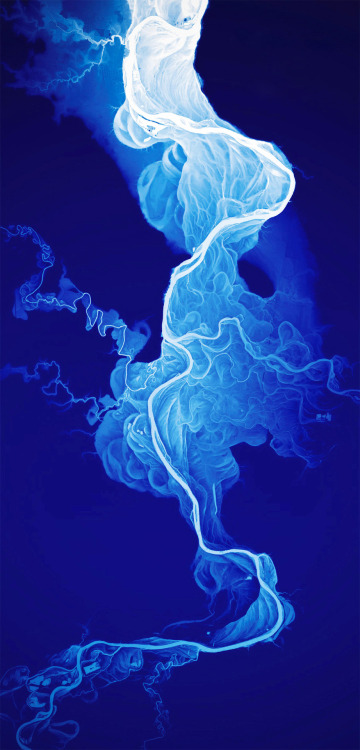


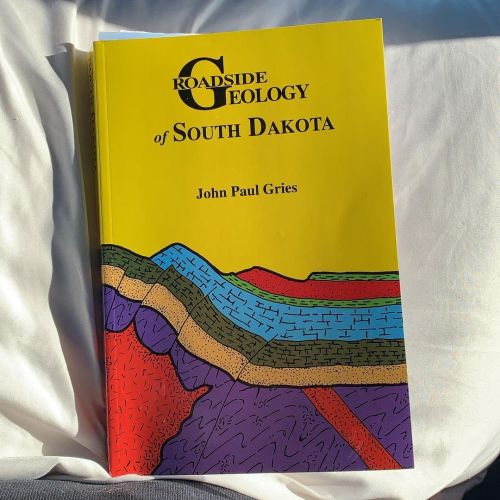
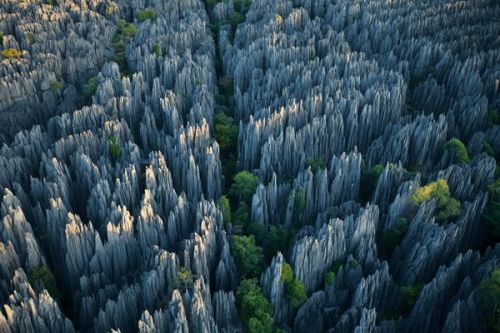


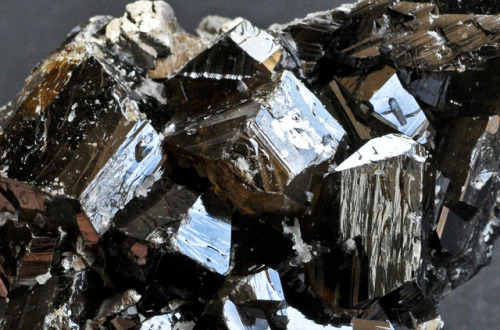
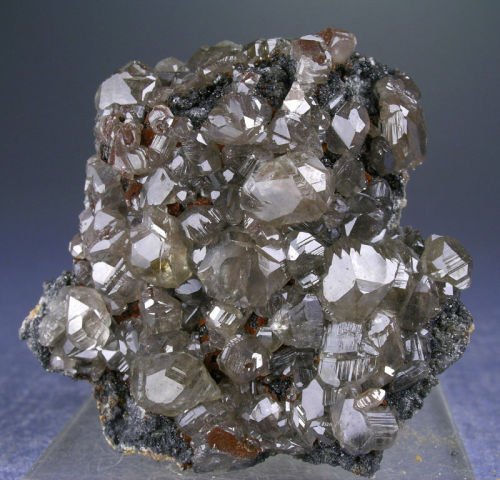

![New NOVA TV Show Explores Coevolution of Rocks and Life“We’ve thought for centuries [that] animals, New NOVA TV Show Explores Coevolution of Rocks and Life“We’ve thought for centuries [that] animals,](https://64.media.tumblr.com/558b91d2eeb030f636f80e54c1014aac/tumblr_o0x4ghr0A71rmz2h6o1_500.jpg)
